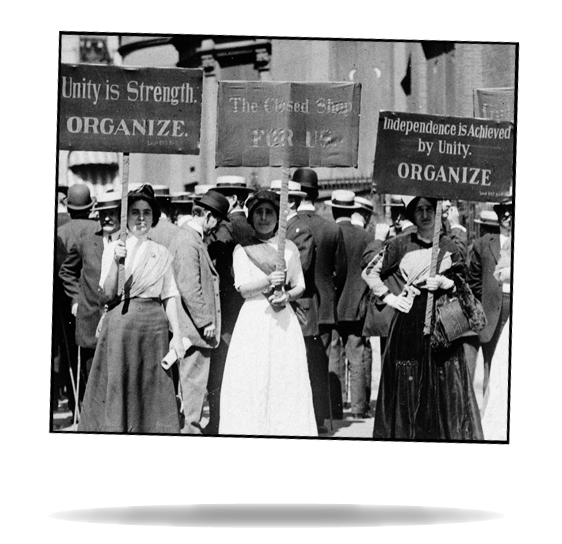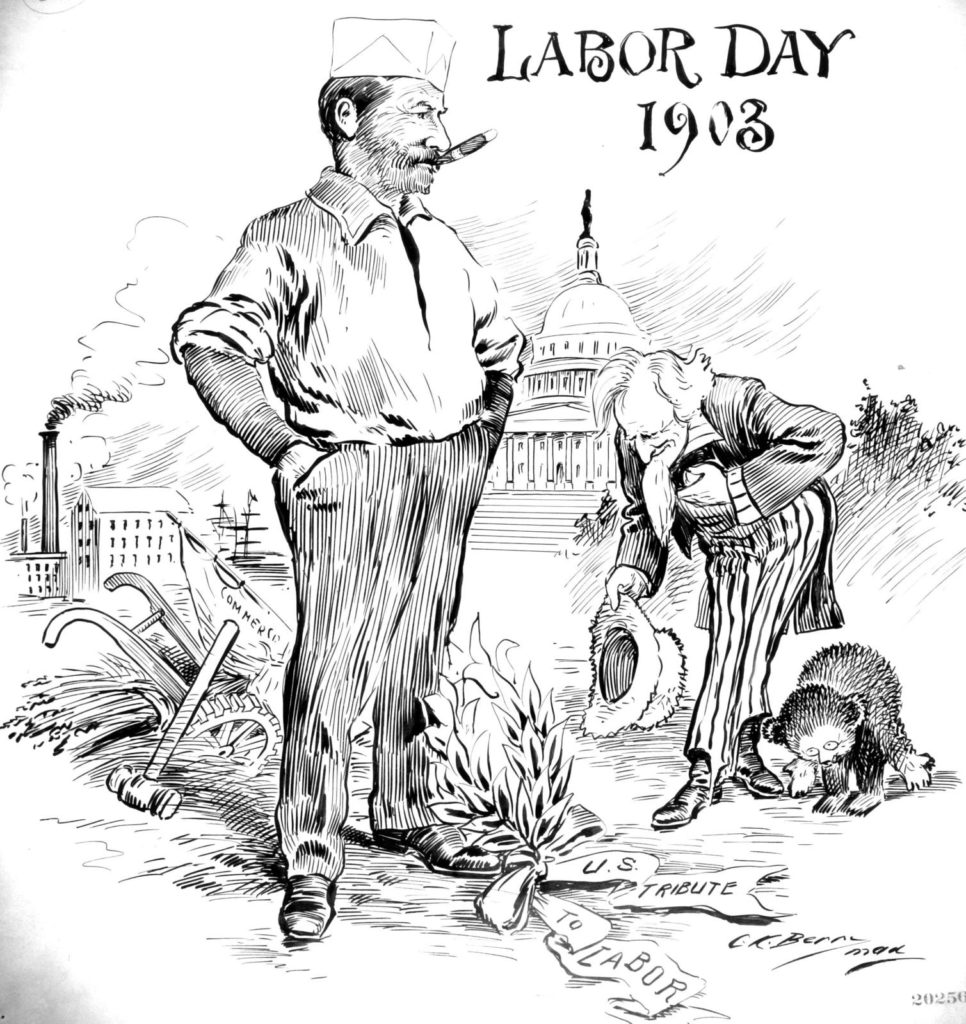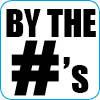Labor Day Is Not What It Used to Be
- Share
- Tweet
- Pin
- Share
Besides being the last holiday before the start of school and the official end of the hot dog season (or so says the National Hot Dog & Sausage Council at hot-dog.org), Labor Day is a 19th-century invention intended to give workers a say in how much leisure time they should have.
At the first Labor Day parade – in New York City on Sept. 5, 1882, when 10,000 workers turned out to march – you could read signs that said things such as “Eight Hours for Work, Eight Hours for Rest, Eight Hours for What We Will,” “Labor Creates All Wealth” and the more direct “Less Work and More Pay.”

Blame the Industrial Revolution, which tasked many workers with 12- to 16-hour days, seven days a week, in order to earn a basic living.
Those workers in the first Labor Day parade were risking their jobs to take the day off to march in what was essentially a one-day strike in favor of better working conditions and higher pay. It wasn’t until five years later, in 1887, that New York adopted legislation to recognize Labor Day, despite growing fears that it might represent the spread of socialism, especially because fat-cat capitalists were often the target of Labor Day speakers.
It was during the Pullman strike of 1894, led by future Socialist presidential candidate Eugene Debs, when President Grover Cleveland – during his second nonconsecutive term as the country’s Democratic president – signed a bill into law making Labor Day a national holiday (some say as a means to appease working-class voters).

Cleveland is said to have chosen September for Labor Day to set it apart from International Workers’ Day on May 1.
Although the rest of the world continues to celebrate International Workers’ Day – or May Day – it all began in America on May 1, 1886, when more than 300,000 American workers walked off the job in support of an eight-hour workday. Three days later, at a labor rally in Chicago’s Haymarket Square, 11 people died in a bomb explosion, which caused labor activists to take up May 1 as an annual day to celebrate the laborer. The bombing explains why Cleveland wanted to distance Labor Day from May Day.
And, although the rest of the world celebrates workers on May Day, May 1 in America is known as Loyalty Day – a “special day for the reaffirmation of loyalty to the United States and for the recognition of the heritage of American freedom” – which became official under President Dwight Eisenhower in 1955.
Unions continue to march and have picnics and celebrations across the country on Labor Day, but with just 10.5 percent of American workers being card-carrying union members – the lowest membership rate since the Bureau of Labor Statistics began collecting numbers – the day set aside for celebrating unions and the labor movement has, for most Americans, morphed into just another three-day weekend and all that entails.


